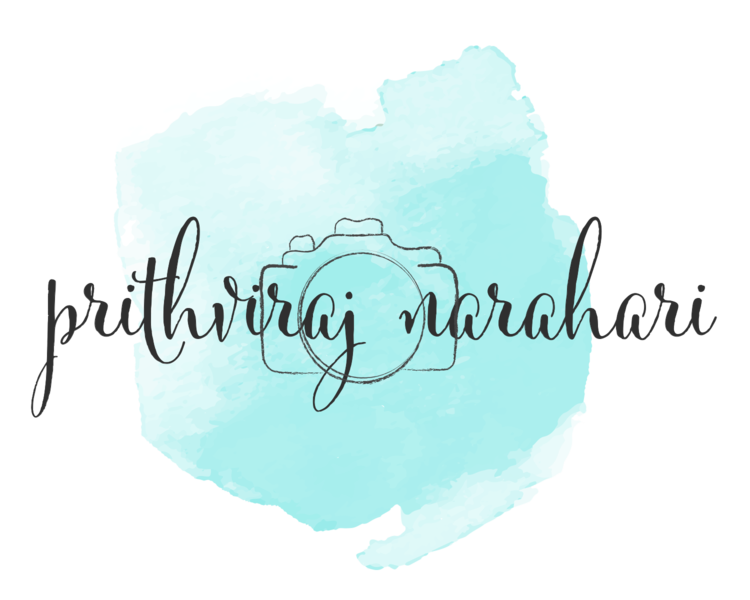The intention of this post is to help us understand the fundamentals in shooting 'good' photographs. Though there are quite a lot of instances where people end up capturing some brilliant photographs while shooting in Auto mode, in my opinion it is a good practice to understand the techniques and concepts behind capturing these images. Some of the fundamental terms we come across when we buy our first DSLR are "Shutter speed", "Aperture" and "ISO". To understand any of these three terms, we would want to understand "exposure".
Exposure:
There is a certain amount of light required for us to capture an image. If the light that falls into our frame exceeds our requirements, it leads to over exposed images. If the light that falls into our frame is not sufficient, this case leads to under exposed images. The above mentioned three terms are three different ways we can control the exposure by controlling the amount of light entering into our frame.
Shutter Speed:
As the term itself explains, this is the speed at which the shutter captures an image. For instance, if the photographer's goal is to click a subject that is stationary, a slower shutter speed can do the job without any blur in the image. But in a case where the goal of the photographer is to click a subject that is moving (like a racing car), we would want to go for a higher speed. But, if the shutter speed is about controlling the speed of the shutter click, how does it relate to exposure? The shutter click acts just like the way a human being blinks his/her eye. The amount of time the shutter is open is directly proportional to the amount of light that enters into the frame.
Example: The amount of light entering the frame at 1/200th of a second will be more than the amount of light entering the frame at 1/250th of a second.
Aperture:
Aperture is the opening of the shutter. The wider the shutter opens, the more the light enters the frame and vice versa. Aperture not only controls the amount of light that enters the frame, but it also controls the depth of field. Depth of field is measured in z-axis. The wider the aperture, the shallower the depth of field. If the intention of the photographer is to capture the subject with a bokeh(blurry effect) effect in the background, then the aperture should be wide. The wider the aperture is, the more the bokeh effect is.
ISO:
ISO can be considered as the internal artificial light that the camera can introduce into the frame when there is not enough external light. The advantage of using higher ISO is that it can compensate the low light scenarios. The disadvantage of using higher ISO is that the image has noise introduced in it. This noise is due to the increase in the pixel size which occurs when a higher ISO is used.
